
This is our third Project Lowbucks in a series of God knows how many. We’ve chosen a very popular bike, the 1978 YZ 250, for this build. This bike was chosen because of the fact that it’s actually a very good motorcycle in stock condition. It has a six-speed gearbox, plenty of power, and more than reasonable suspension, especially considering the year in which it was made.
As usual with most Lowbucks projects, we bought the bike on Craigslist for less than $200. And yes, the bike was running at this point. It looked like hell and was missing some parts, but when it started up right away, we knew we had the makings of a real successful project bike.
The most obvious thing about this bike was the fact that there was no air filter or airbox present. This was more than evident by the lack of side panels. The saddle was in pretty good condition and we won’t need a cover for this particular unit. The rear fender is junk, but the rest the plastic should be savable.
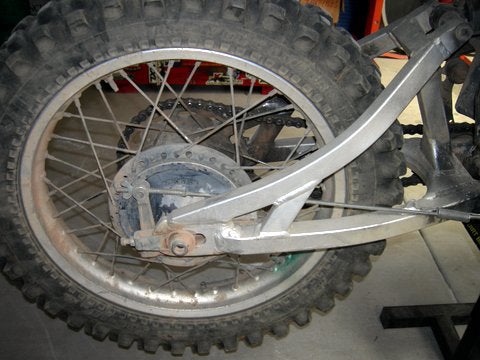
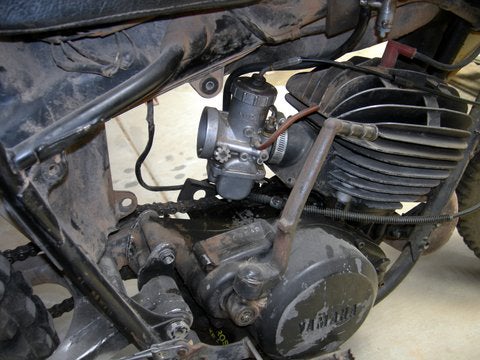
As with our other Project Lowbucks bikes, we’re going to give you timesaving and money-saving tips during the rebuild. We want to make the bike look good; not perfect, but really good. This means a deep strip where we’ll take the motor out of the frame, doing a very good paint job, and getting rid of all the rust and crud that seemed to be everywhere on the bike.
Previous Project Lowbuck Builds
Project Lowbucks 2: Suzuki PE 175
Project Lowbucks 1: Suzuki RM 250

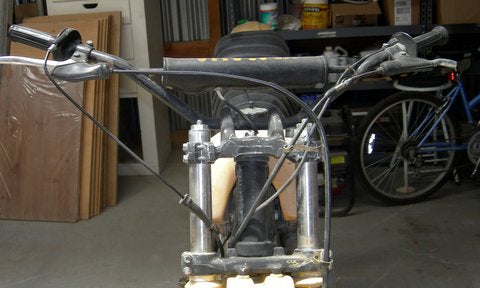
You might notice that in our first part of this project we didn’t do a deep strip. The reason for this is that we want to make sure that we can get some sort of an airbox and filter to work with the existing motorcycle. Naturally, we have a bunch of stuff around the shop, but we want to try this try that before we get the motorcycle all painted and looking good again. So in this first part we’re going to strip the motorcycle enough to find out exactly what we will need to get it working right.
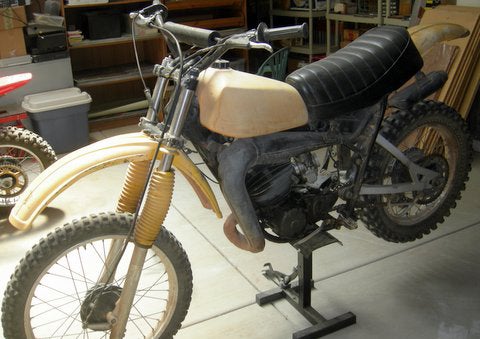
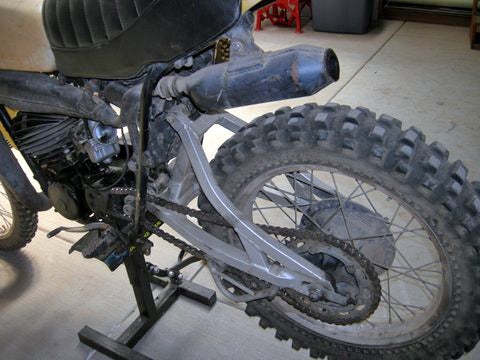
We have two potential goals for this project: one is that we turn the bike around and sell it for a nice profit as soon as we’re done. The second is that we want a decent vintage race bike upon completion. The choice is yours. Here are some facts and figures that we were able to glean about the 1978YZ 250.

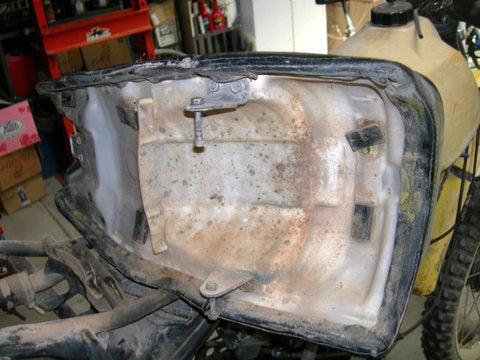
SPECIFICATIONS – ’78 Yamaha YZ250E
Price: $1568
Engine: 2-stroke, piston port single with reed valve
Displacement: 246 cc
Bore and stroke: 70 mm x 64 mm
Compression ratio: 7.321 corrected
Carburetion: Mikuni 38 mm
Clutch: wet multiplate type
Primary drive: helical gear 2.608:1
Transmission ratios:
1 … 2.384
2 … 1.182
3 … 1.444
4 … 1.222
5 … 1.045
6 … 0.923
Final Dr.: D ID 520
13-tooth countershaft sprocket
50-tooth rear sprocket
Air filter: oil foam
Electrics: CDI
Lubrication: Premix at 20 to 1
Fuel tank capacity: 2.0 gallons
Frame: Double loop, double cradle, chrome moly
Suspension front: Kayaba telescopic air spring forks with 250 mm, 9.8 inches travel
Rear: Yamaha De Carbo Mono shock 250 mm, 9.8 inches travel
Starting: Primary kick
Wheels and spokes:
Front: D ID with cross three shoulder spokes
Rear: DID with cross two and three shoulder spokes
Tires
Front: IRC 3x21
Rear: IRC450 x18
Wheelbase: 57.1 inches
Swing-Arm length: 17.6 inches
Ground clearance:12.5 inches
Seat height: 38 inches
Fork angle: 30.5°
Weight: 221 pounds without fuel, 46% on front that 5% on rear
Brakes: front conical cable operated
Rear: Rod operated
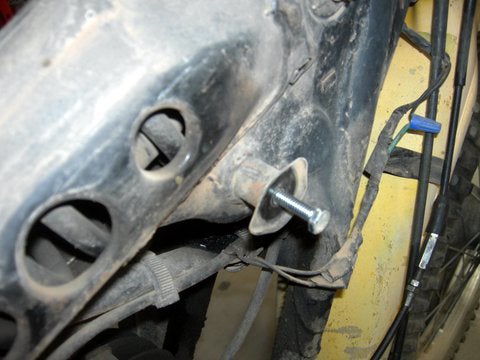

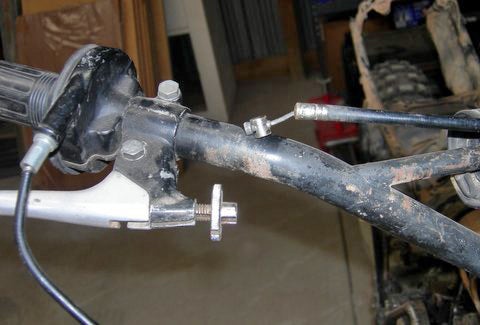
Parts Prices (when new)
Piston: $17.19
Rings: $9.90
Clutch cable: $5.74
Brake pedal: $10.26
Shift lever: $5.90
Here’s what we were able to figure out on what the bike is worth now, and what it will be worth when we’re done.
Excellent … $3,925
Very Good … $2,765
Good … $1, 645
Fair … $650
Poor … $300-$400
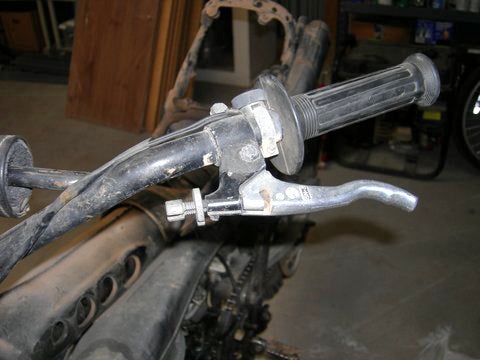

We’d like to think that our finished project bike should end up between very good and excellent, which make the retail price right around $3000 or so. Not a bad investment considering what we paid for the thing originally.
Here are some of the comments from various owners of the bike taken from the Internet:
“It's a 6 speed and it's FAAAAST!!!!, you can raise the footpegs 5mm up, and 5mm back by installing "79" footpeg mounts, adding a DG pipe or "79" pipe gives it a little more on bottom & top end. I ran K & N filter's (Two sided airbox) on mine...Great bike.”
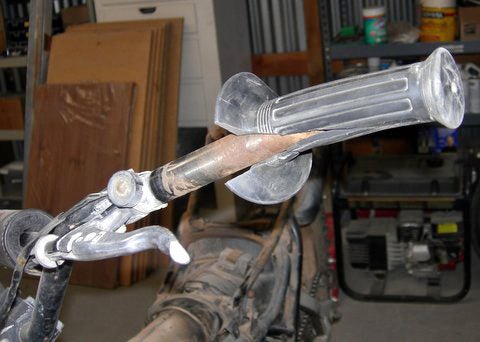
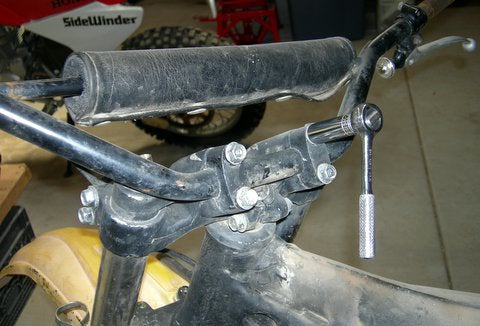
“Those were very peaky bikes. Good mid to top. The '79 had a much better range of power. I raced the '78 125E, '78 250 &400E, '79 250 &400F and '80 250G models. Also had a Champion framed dirt tracker that used the '78/'79 YZ250 motors. In '95 I won the 250B class at the Southeast regional dirt track championship at Daytona short track on it. I was the only aircooled bike in the final. The water coolers had nothing for me. Falicon crank, stock 80 over cylinder, 39mm Keihin D slide carb,'87 YZ80 external flywheel ignition,Jemco pipe. Super fast. I had heard of the main bearing issues on those models, but never had the problem myself. I lost the tranny in the G 250 in three month's. Good bike, but weak gearbox. The two sided air box was last used in '76. The '77,'78'and'79 were single sided airboxes that were accessed from the RH side panel”.
“I confirm the peaky motor. Weak down low but comes on hard mid to top. Definitely want to keep it on the pipe. Seemed like a lot of work to ride it hard but then again I did get lazy riding four strokes for so long.”
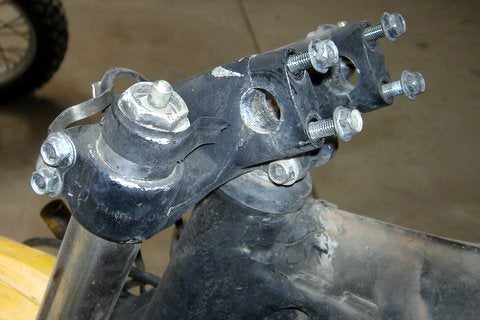

#“Someone on this board also recommended a reed spacer to help the low end. Moose has one that goes back to the '86 model that seems like it should fit the '78 because they use the same intake manifold gasket so the hole pattern in the cylinder must be the same. I can't verify if it works or not, just passing along a recommendation.”##“For some reason, Yamaha took down the parts pages from their corporate website for the '78 YZ250. Also, there are several Yamaha dealer websites that have a cross reference feature so you can see what other models used the same part numbers. They also show superseded numbers.”

“Can anyone tell me about the stock fenders for this bike? I need a rear fender. I was able to get a very nice stock front fender. But it seems to me that the replicas on the market are not quite the same "competition yellow," perhaps a subtle shade or two off. My front fender seems to have a bit of a gloss to it as well. I have also seen replicas with a smooth rear fender, and others with a raised middle/center along the backbone of the fender. I'm just trying to figure out what I can do to get as close to the real thing as possible. Thanks if anyone knows this out there.”
Previous Project Lowbuck Builds
Project Lowbucks 2: Suzuki PE 175
Project Lowbucks 1: Suzuki RM 250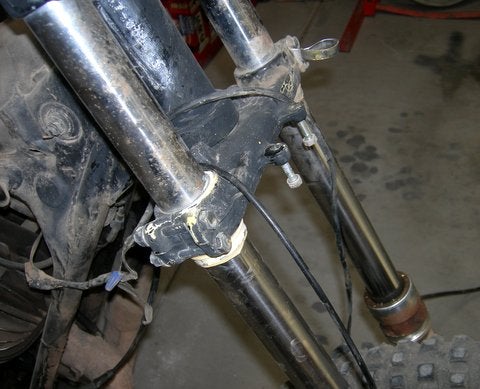



 Your Privacy Choices
Your Privacy Choices